Rivieran (Dragoon)
On August 15, 1944, just over two months after the western allies invaded the north coast in early June 1944, an invasion of the south coast was launched. However, to a much smaller scale and much less dramatic than the one in the north. The invasion was called Operation Dragoon and began with commandos landing on August 14. Early in the morning of August 15, 1944, paratroopers were dropped at Le Muy, about twenty kilometres inland to secure an important hub. The actual landing began an hour later with a customary bombardment of the German defenses. Then the troops landed on three selected beaches, Alpha at Cavalaire-sur-Mer, Delta at Saint Tropez and Camel at Saint Raphael. Only at Camel the invasion forces meet some sporadic fire from the germans. The landing was thus a great success and a bridgehead could immediately be established. Already on August 17, the German high command ordered the withdrawal of southern France. These troops were needed to strengthen the front in the north. The Battle for southern France lasted until September 14.
Current status: Museum/monument/cemeteries (2016).
Location: 43° 25'02 N, 6° 50'44 E (Dramont Beach).
Get there: Car.
Follow up in books: Breuer, William: Operation Dragoon: The Allied Invasion of the South of France (1996).

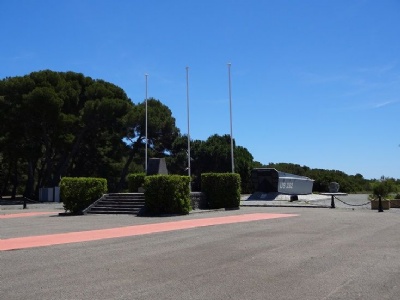
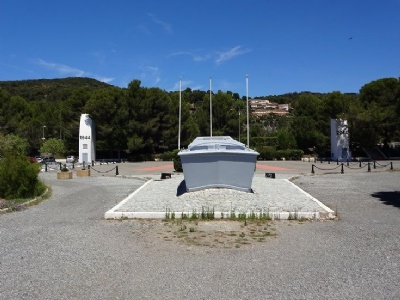

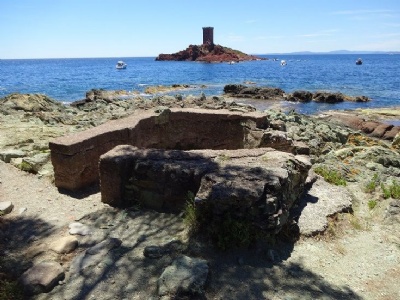

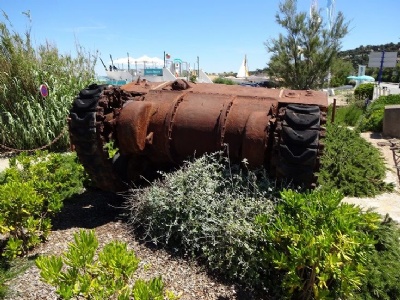
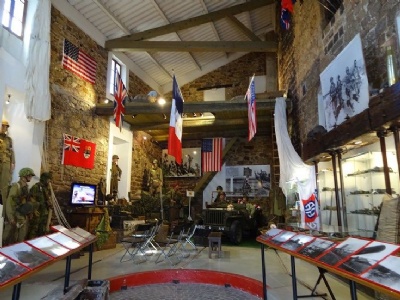
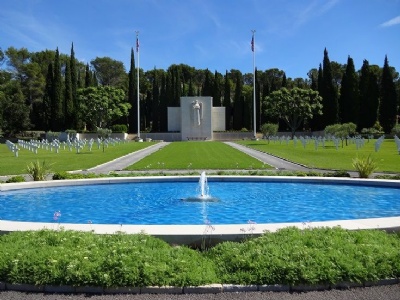
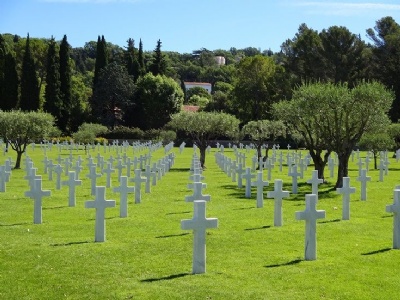
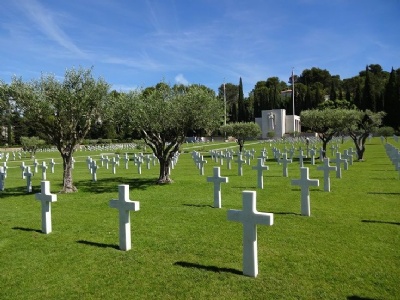
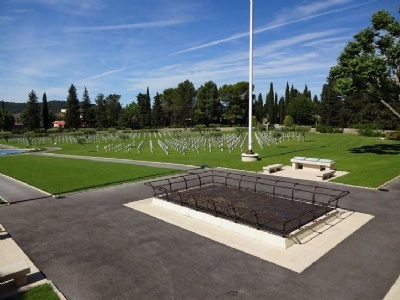
The Landing on the French Riviera is by far less known in comparison to the Normandie landings in June same year. If tourism in Normandy is largely characterized by the landing and both museums and monuments can be seen everywhere, the opposite can be said about the French Riviera. However, it has not gone completely unnoticed. There are some monuments here and there and the most interesting is probably Dramont Beach, about sixty kilometres south of Nice. Here is a preserved landing boat on display, monuments and at least two bunkers. If you continue west along the coast, there are other monuments. At Saint Maxine, at the beach, the underneath of a Sherman tank can be seen.
Inland there are also some museums. In Le Muy there is a small but interesting museum. About 50 kilometres northwest of Dramont Beach in Draguignan, there is an American War Cemetery (Rhone American Cemetery and Memorial). A very well-kept and quiet cemetery with 860 graves, each with a white cross placed in line. These crosses reminds of the way more famous ones at Omaha Beach in Normandy. It is definitely worth a visit and there are information boards integrated into the memorial in a quiet and dignified way. It is a strange feeling that those who rest here have more or less fallen into oblivion in the collective memory of the war in Western Europe.